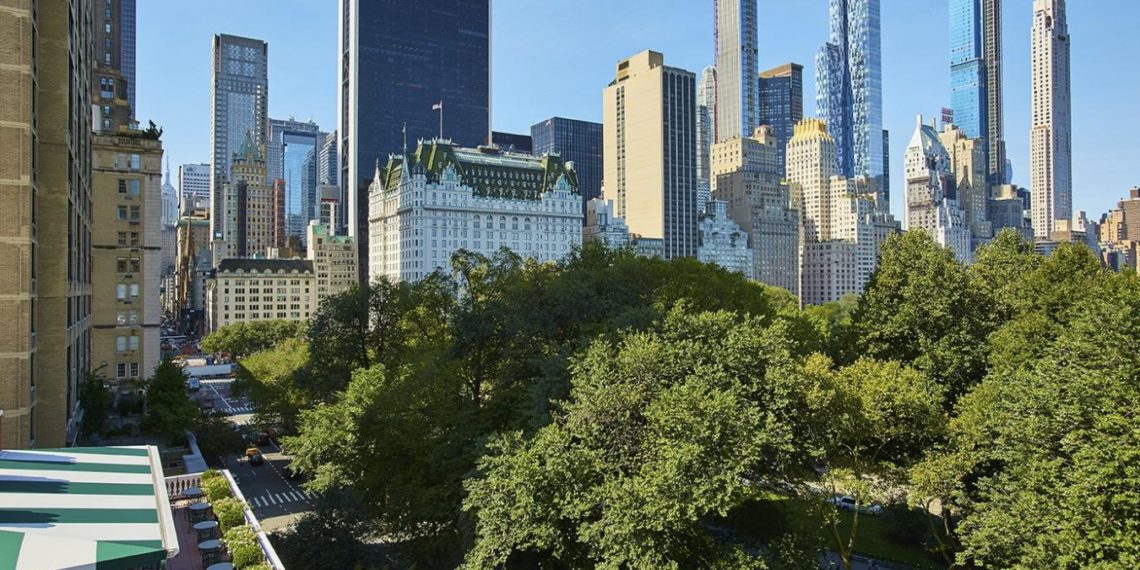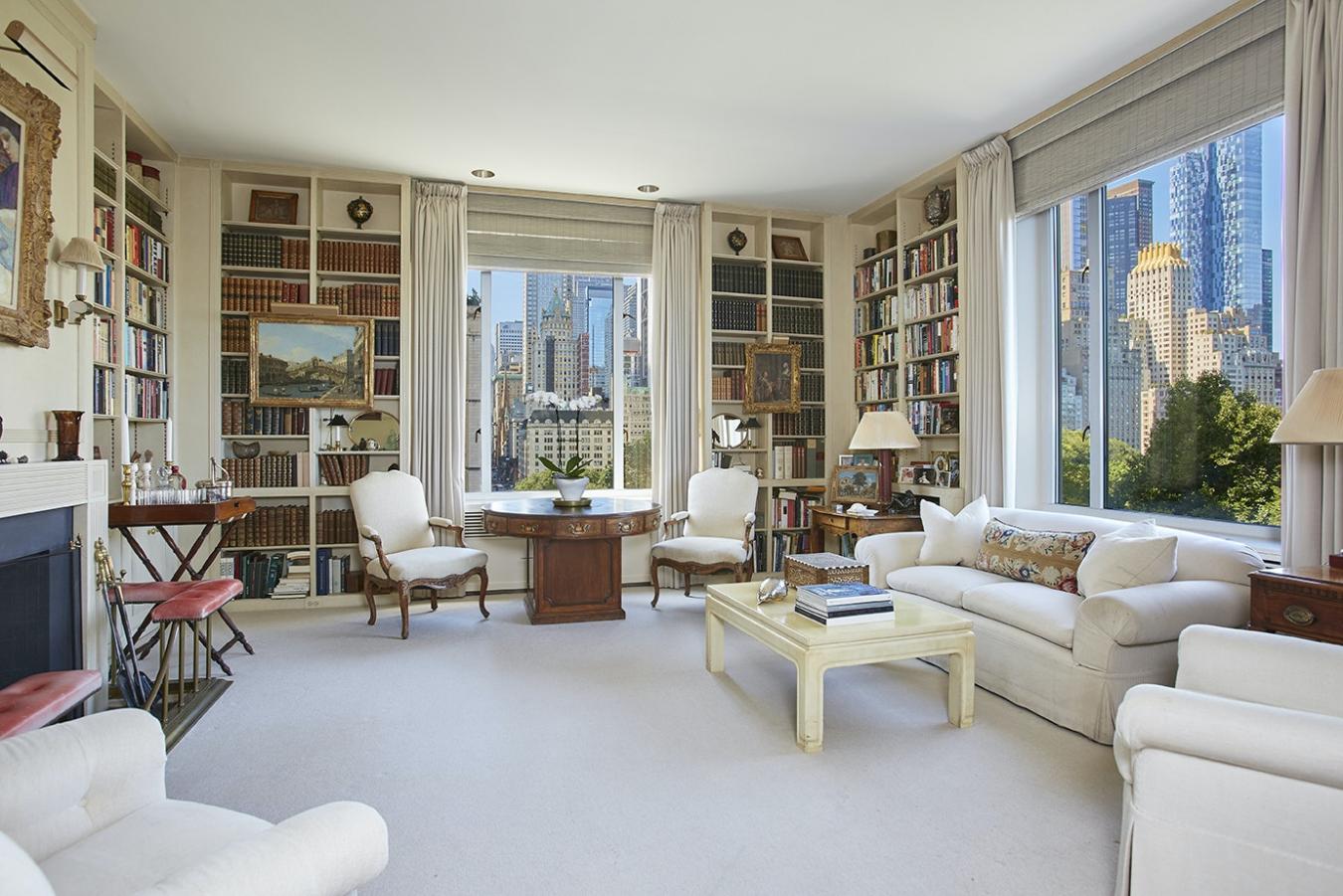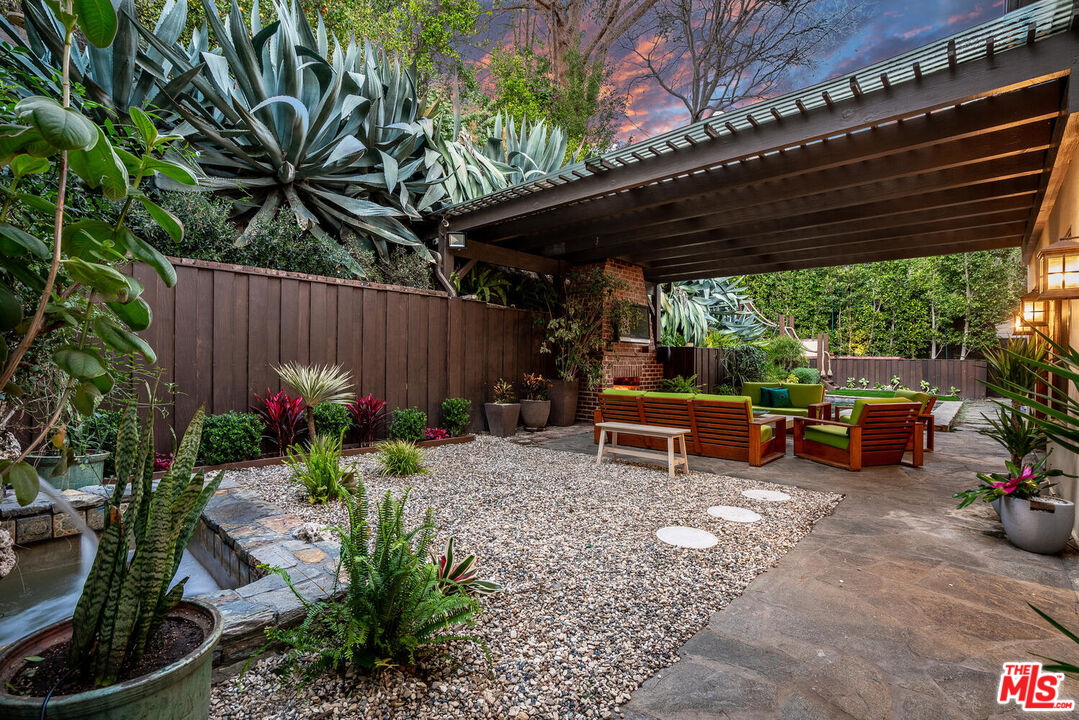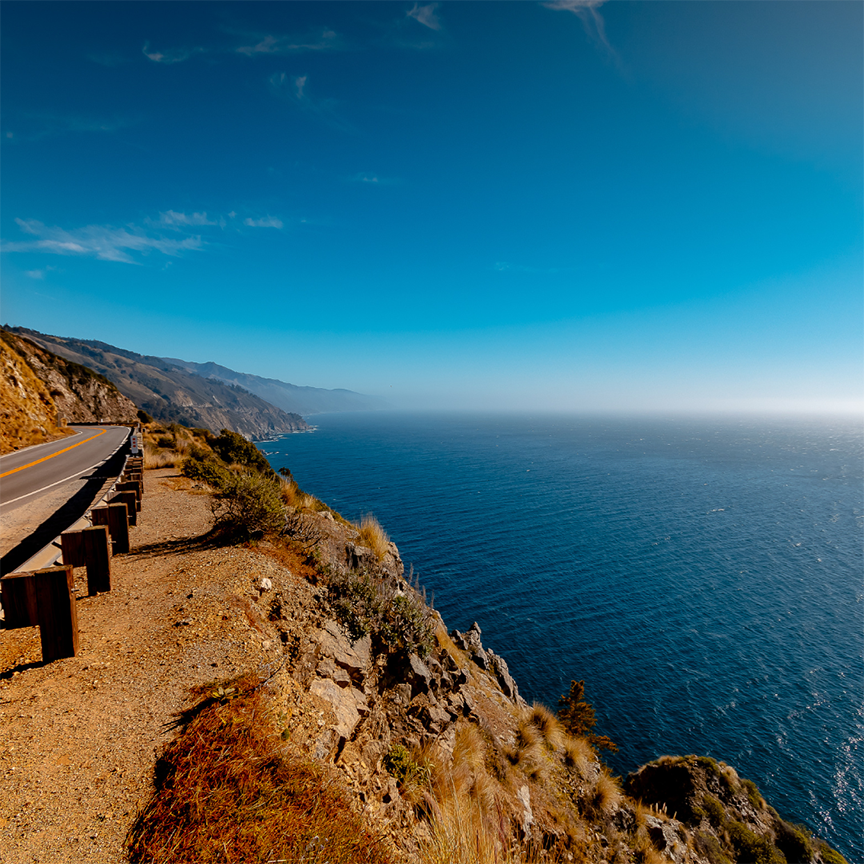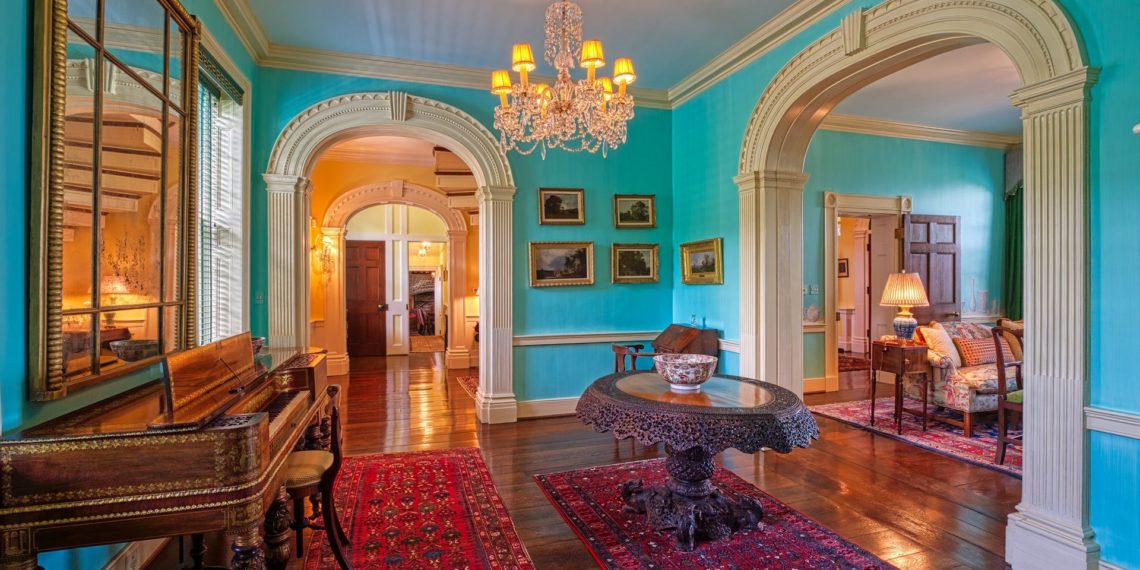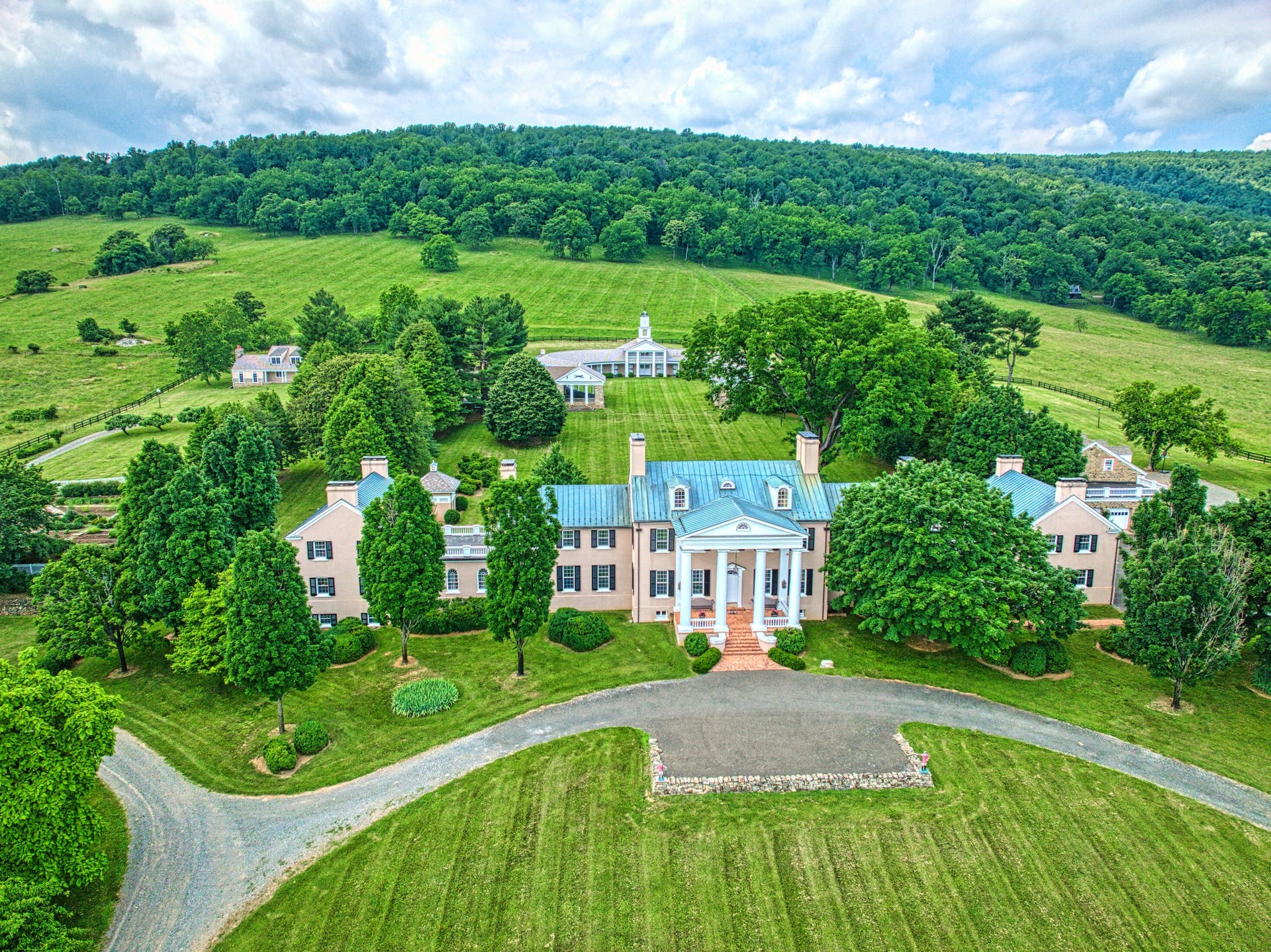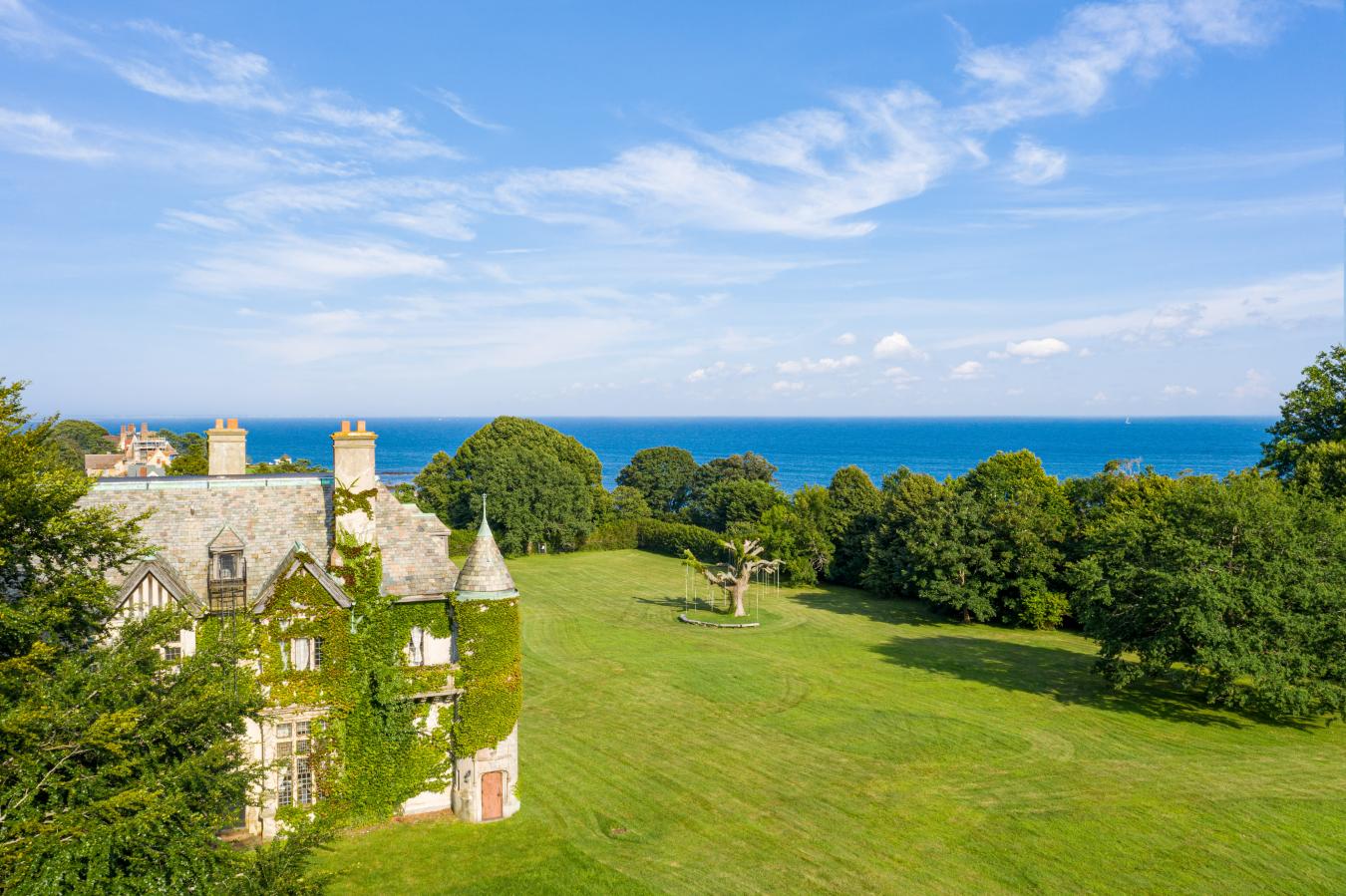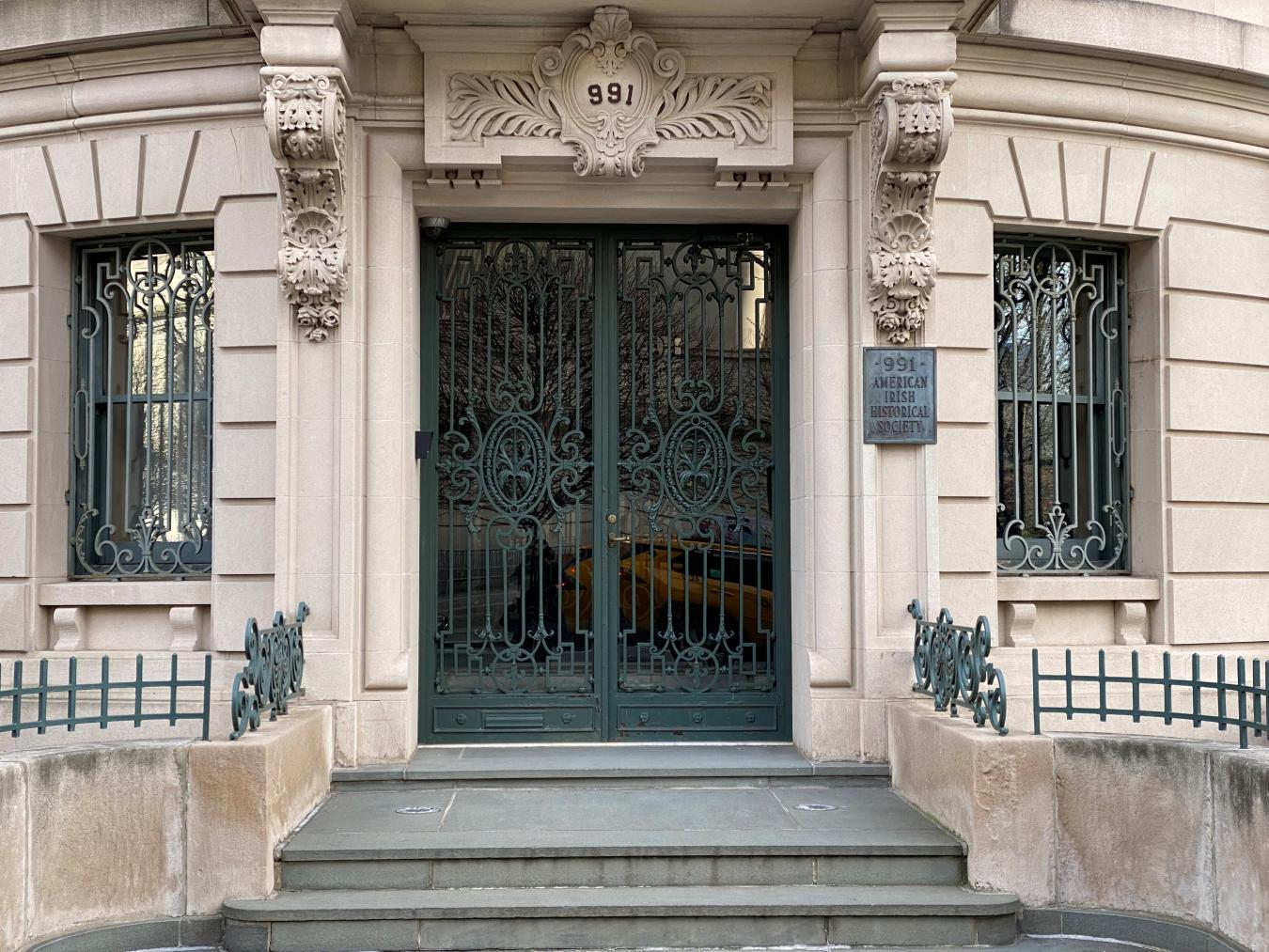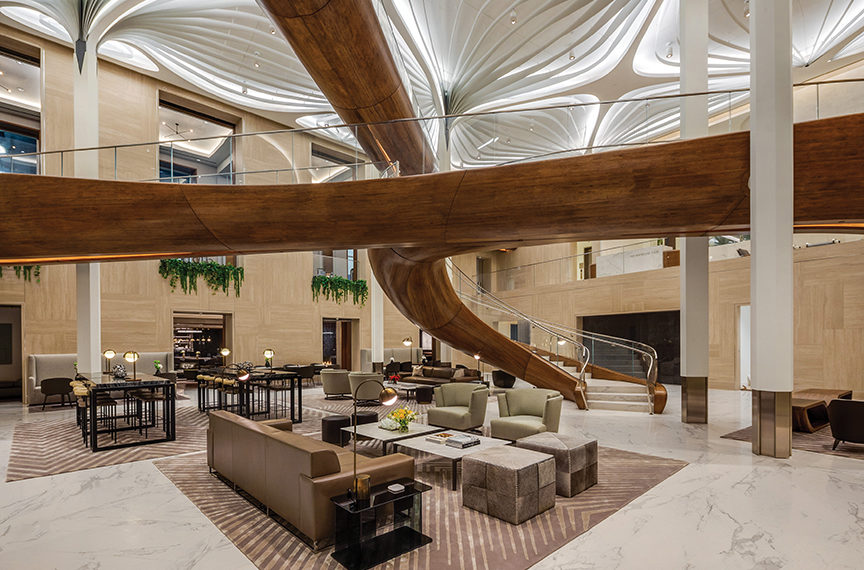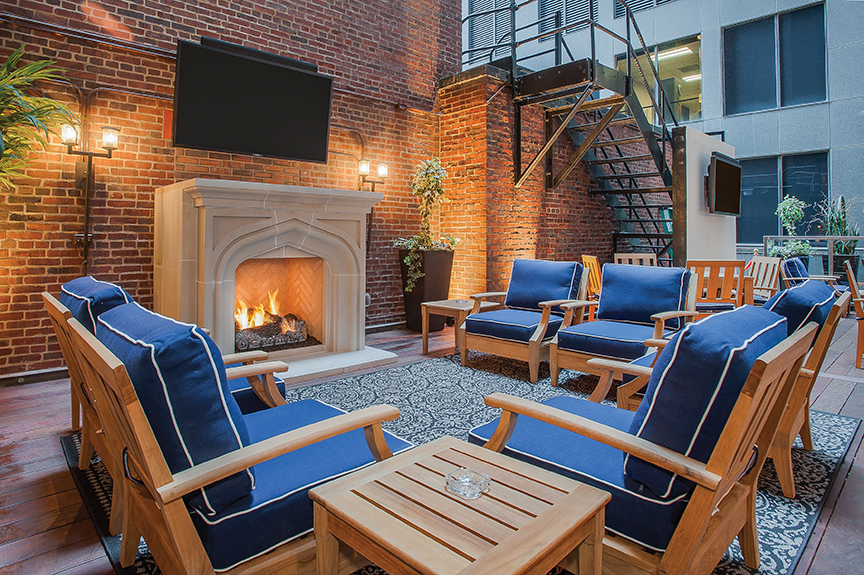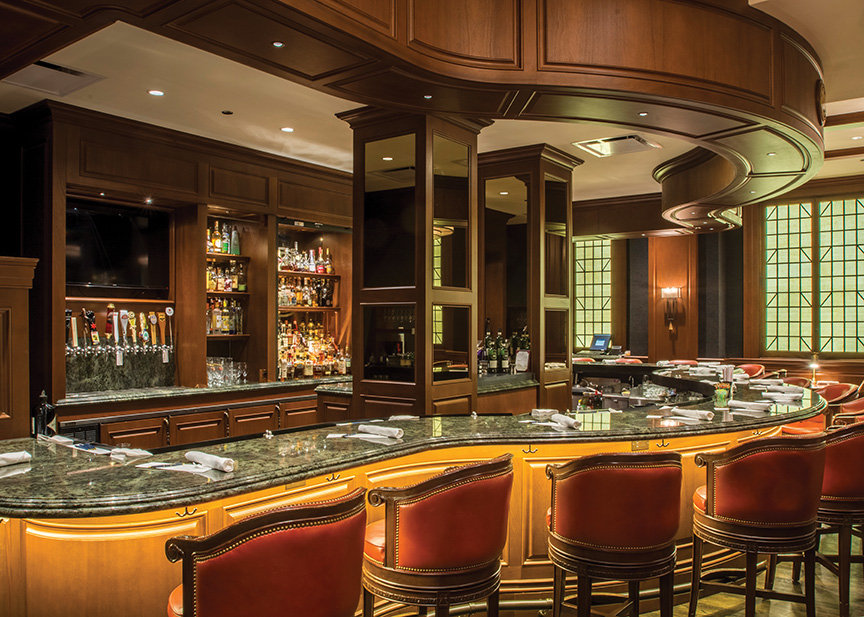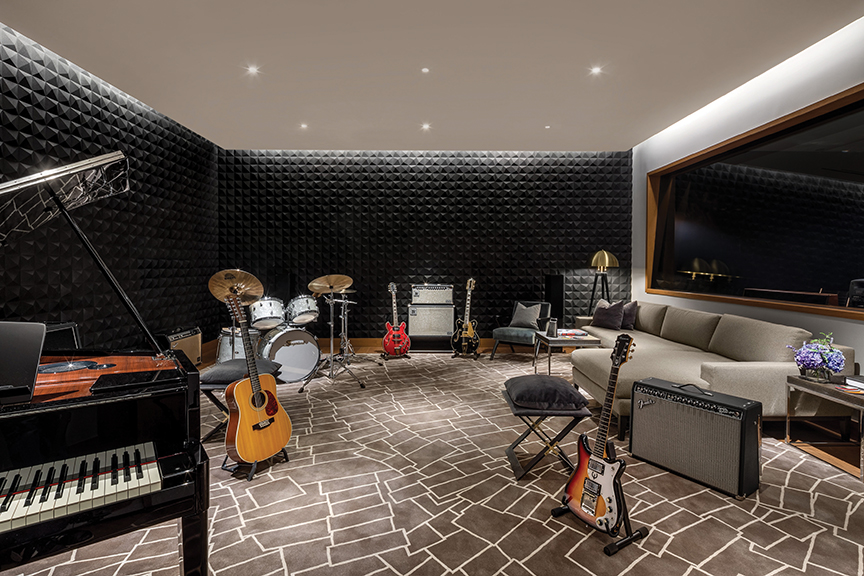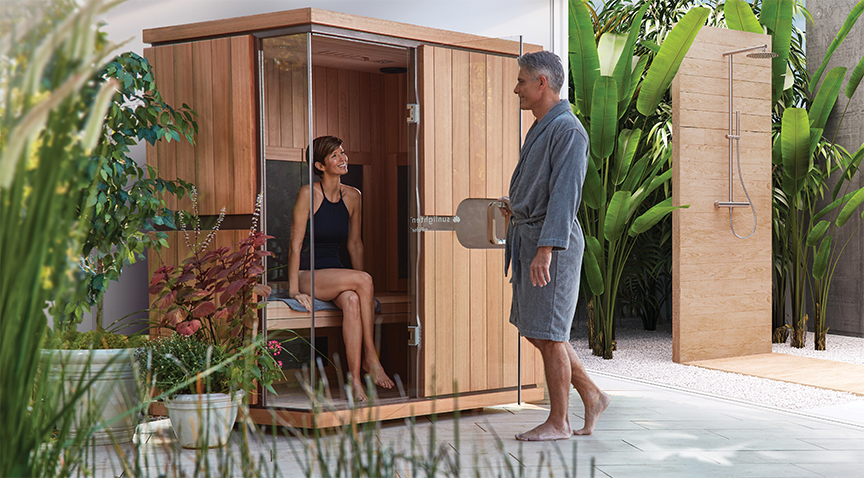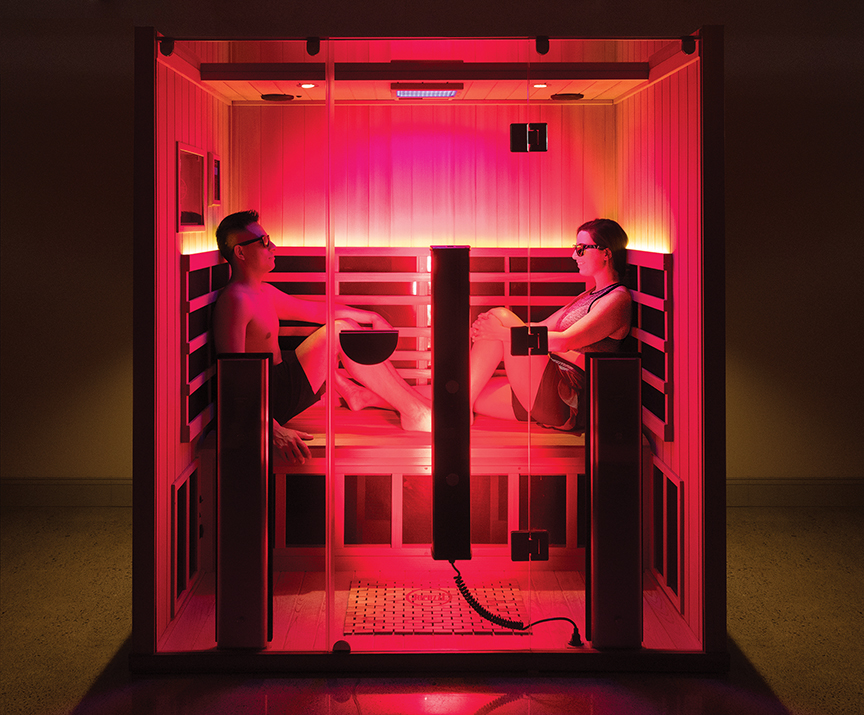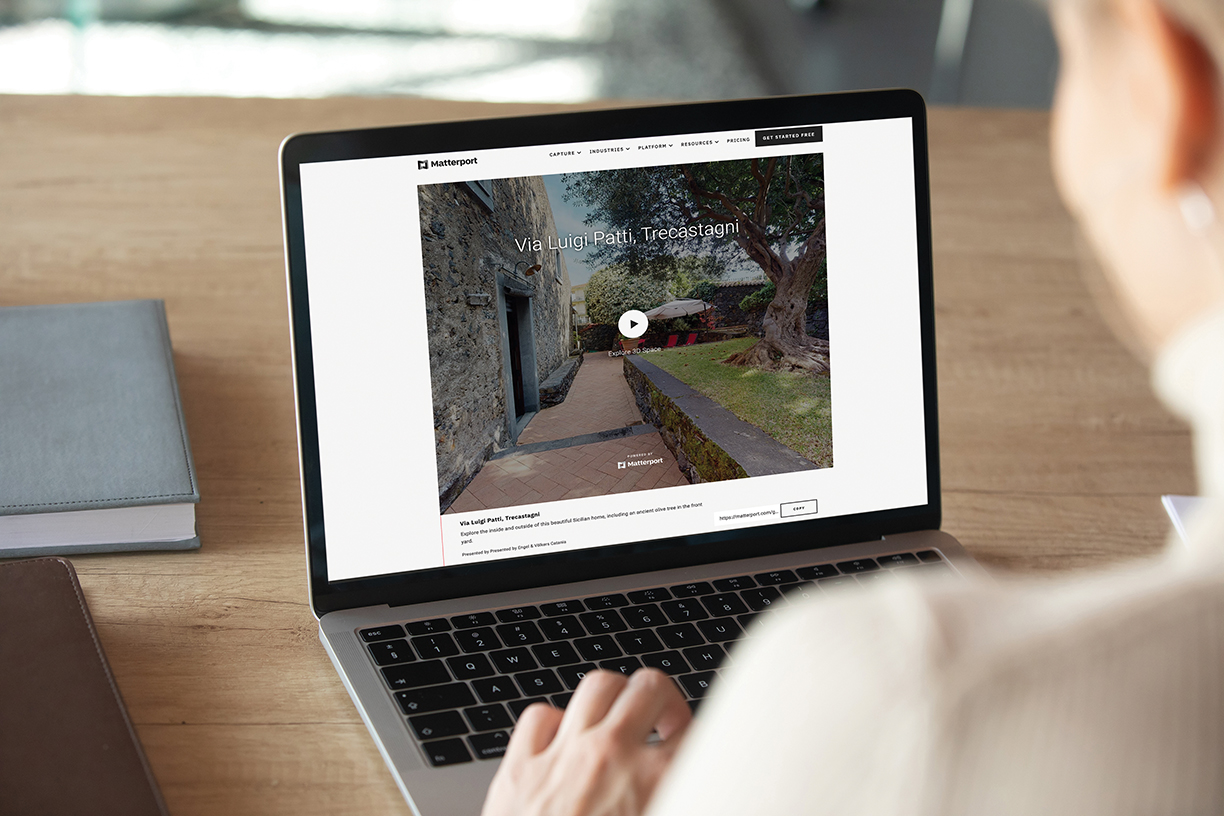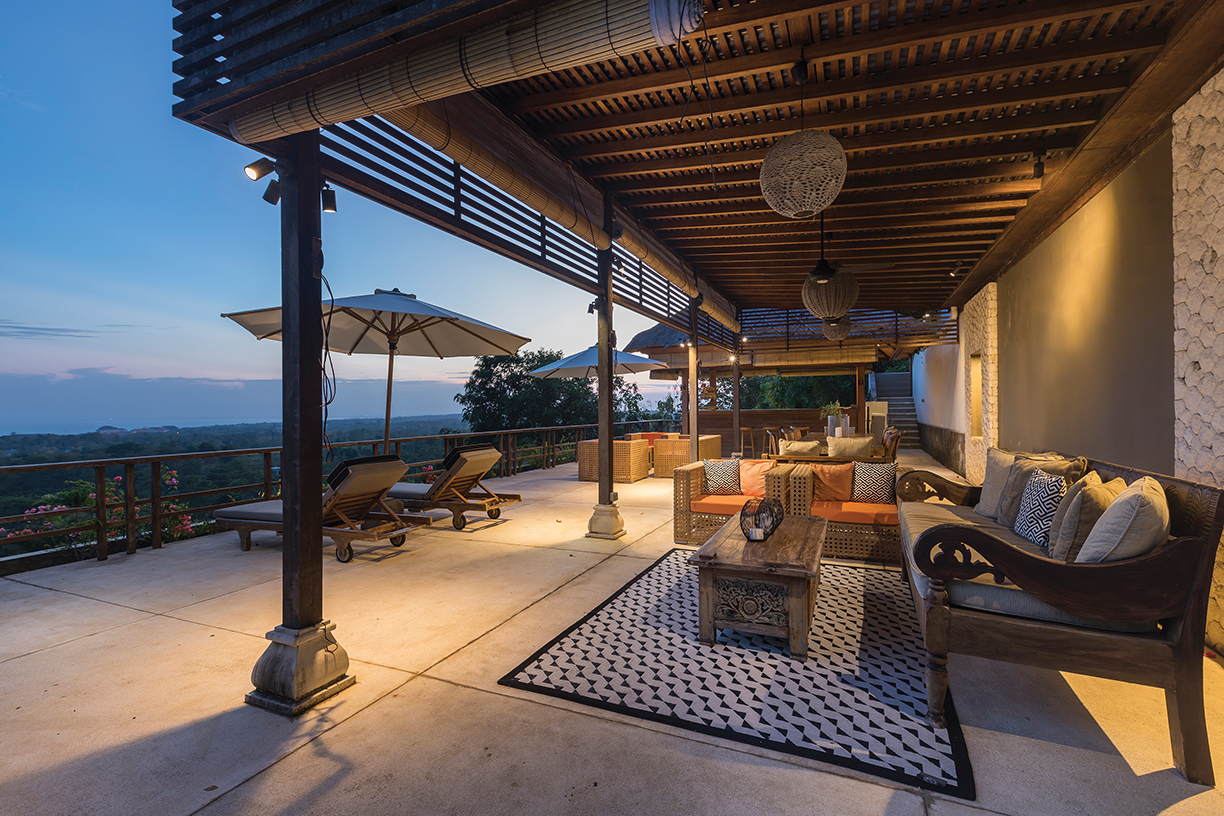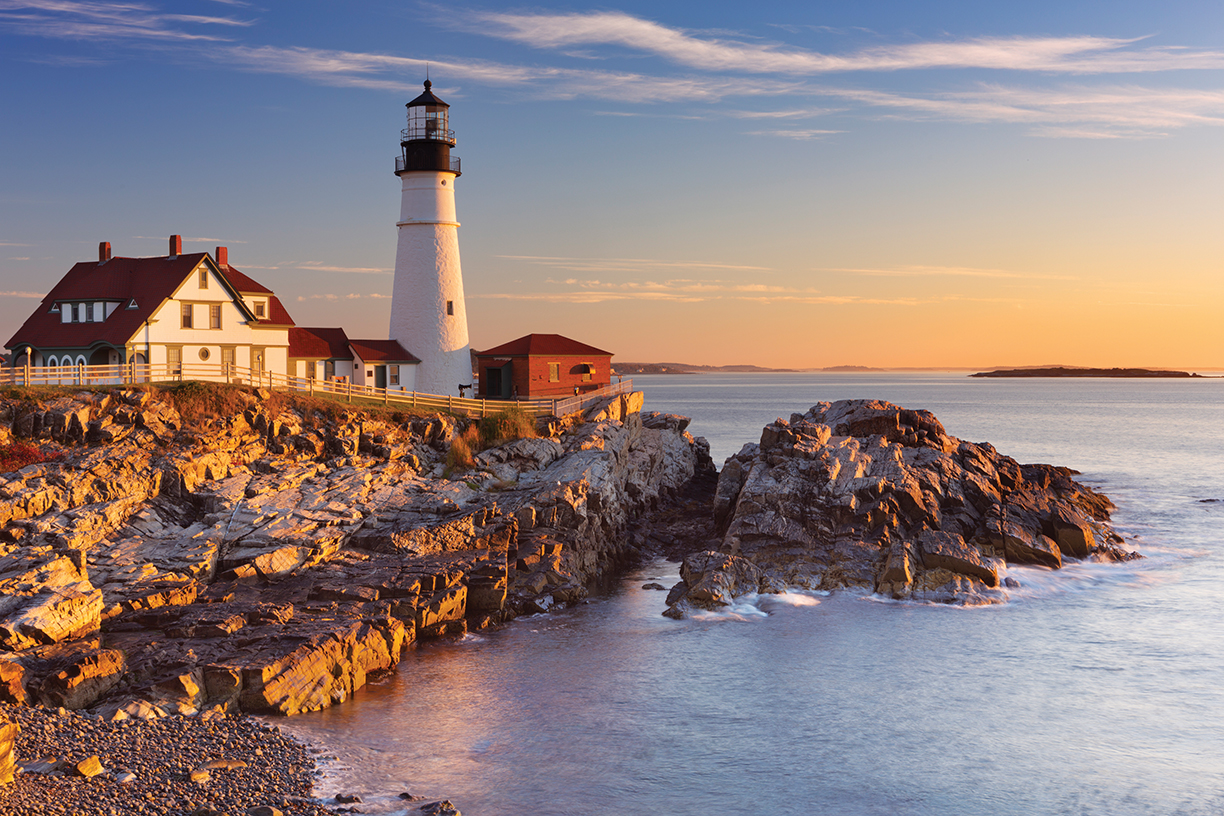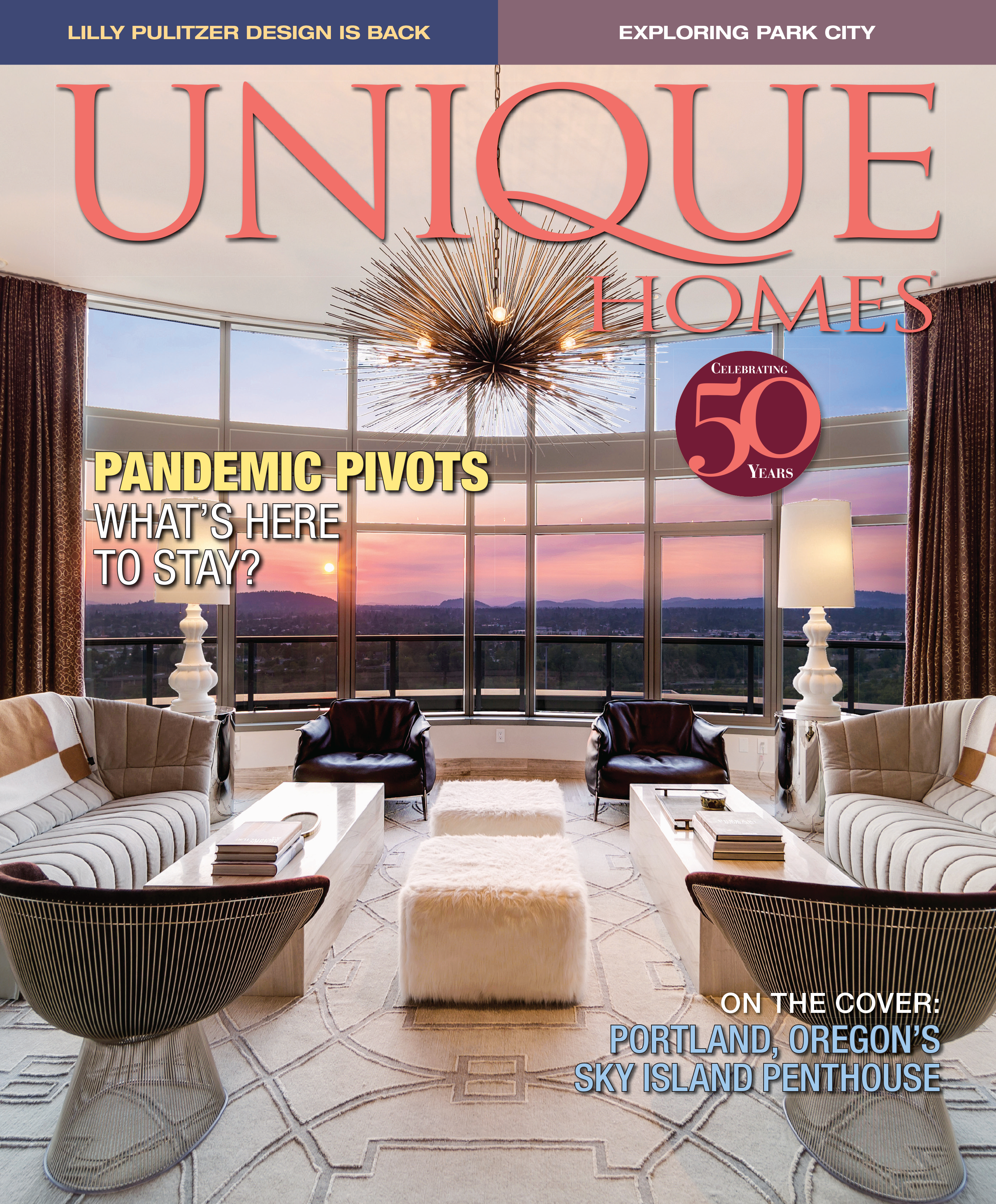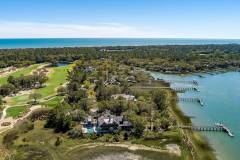By Greg Clemens
Among all the U.S.’s most celebrated and famous large cities, it’s hard to find one that has a more spectacular reputation than
Las Vegas. More and more people are traveling and moving to Las Vegas every year, and the number of outstanding dining experiences continues to grow in kind. Whether you’re looking for a romantic night out on the town, a once-in-a-lifetime upscale dinner with friends and family, or something in between, Las Vegas has you covered.
But it can be difficult to find the right restaurant, bar, or diner to match your tastes if you’re looking for a special time here. Check out the following guide to the best restaurants in Las Vegas that offer a spectacular experience.
Top of the World
200 Las Vegas Boulevard South, Las Vegas, NV 89104
If you’re looking for a special night out in Las Vegas, the Top of the World restaurant is the first place to visit. Located nearly 900 feet above the bright lights of the Vegas strip, this spectacular dining spot is one of the most exclusive places to claim a seat at dinner. Make sure to call before you visit because the list of reservations can extend quite far into the future.
The cuisine at Top of the World is a pleasing mixture of many American menu items, with a special emphasis on familiar favorites like steak and seafood. Their kitchen stocks the freshest meats, vegetables, and fruits available in Las Vegas, so you’re sure to taste the best of the best here. Be sure to bring your camera with you when you come, because this restaurant’s views of the strip are only matched by the upscale decor and massive windows that make Top of the World a sight to behold.
Area15
3215 South Rancho Dr., Las Vegas, NV
This specifically Las Vegas-style entertainment and dining center shows off a little of everything thanks to its unique mixture of venues and restaurants. Planning a night at Area15 means you’ll have hours upon hours to tour the on-site distillery, Lost Spirits, as well as the one-of-a-kind themed restaurant 20,000 Leagues Under the Sea.
You’ll enter the complex and visit the distillery first, where you can enjoy the live music and take a tour of this historic Las Vegas landmark while sipping on top-notch brews. Then, head over to the uber-exclusive 20,000 Leagues Under the Sea, which features a memorable 16-course menu that you can share with up to 12 guests in a unique undersea capsule dining room.
Head Chef Taylor Persh has a taste for flare and spectacle, as you’ll experience first-hand all the musical accompaniments and drama that comes along with their presentation. You’re sure to have a night to remember here.
Wakuda
3325 Las Vegas Boulevard South, Las Vegas, NV 89109
Celebrity chef Wakuda has been a renowned world chef for years, and Las Vegas locals welcomed him to Vegas in 2021 with rousing applause. Located in the Venetian casino and hotel, Wakuda Japanese Restaurant is now among the top-ranked celebrity restaurants in the city, and it regularly hosts some of Las Vegas’s most prominent visitors.
Wakuda is open to an exclusive crowd for dinner until 10 pm each night, with lounge hours extending till midnight. The cuisine is top-flight Japanese fare, and it features some of the best sushi and sashimi dishes the world over. When you step in the doors at Wakuda, you won’t want to leave, thanks to its extravagant Asian decorations and oversized sculptures that help make this spot one of the most unique in Las Vegas dining.
Carson Kitchen
124 S. 6th Street, Suite 100, Las Vegas, NV 89101
Chic Fremont Street is the backdrop for many of Las Vegas’s most exciting new restaurants and entertainment venues, but the best night you can have here might just be Carson Kitchen. Come here to enjoy a comfortable yet high-end dinner with friends and family on their famous outdoor rooftop seating patio and fire pit.
The menu is centered on classic American fare like pork meatloaf and the popular hot duck sandwich that’s hard to find anywhere else in town. Reservations are in high demand, so be sure to contact the restaurant in advance. You won’t regret your time at Carson Kitchen, as evidenced by the fact that the owners have recently expanded to build locations in Atlanta and Salt Lake City. The views from the Carson Kitchen roof are one of the most photographed in the city.
The Fireside Lounge at the Peppermill Restaurant
2985 Las Vegas Boulevard, Las Vegas, NV 89109
Las Vegas is eclectic if it’s anything, and there’s no better place to experience the blending of cultures and art styles in town than at the Peppermill Restaurant. The 80s stylized decor has defined the Peppermill for years, and it’s made this legendary dining spot a landmark in the city. In fact, it’s been the site for dozens of Hollywood blockbusters.
Retro decor and neon panels aren’t all that’s on view at the Peppermill. Head over to the Fireside Lounge to relax in style with friends and enjoy a full bar in the light of a huge outdoor fire pit. You can expect high-end bar food and a modest dining menu with top-of-the-line ingredients and a choice of dishes that rotates regularly.
Reach out to a local real estate agent today!
With that, we’ve come to the end of our roundup of the most extraordinary dining experiences to discover in Las Vegas. If you’re looking for a few other options, be sure to check out some of these choices:
- Restaurant Guy Savoy, with LV’s most deluxe French-inspired menu
- Delilah, a quickly rising Vegas hotspot with award-winning British fare
- EDO, where Spanish tapas small dish plates achieve perfection
- The Golden Steer Steakhouse, since 1958 a must-visit and infamous local gem
If you have any questions or comments to share about Las Vegas dining or real estate in the area, feel free to get in touch today! Contact
Greg Clemens and the Greg Clemens Team for more information. They’re happy to help you with your real estate venture and any questions you might have.










